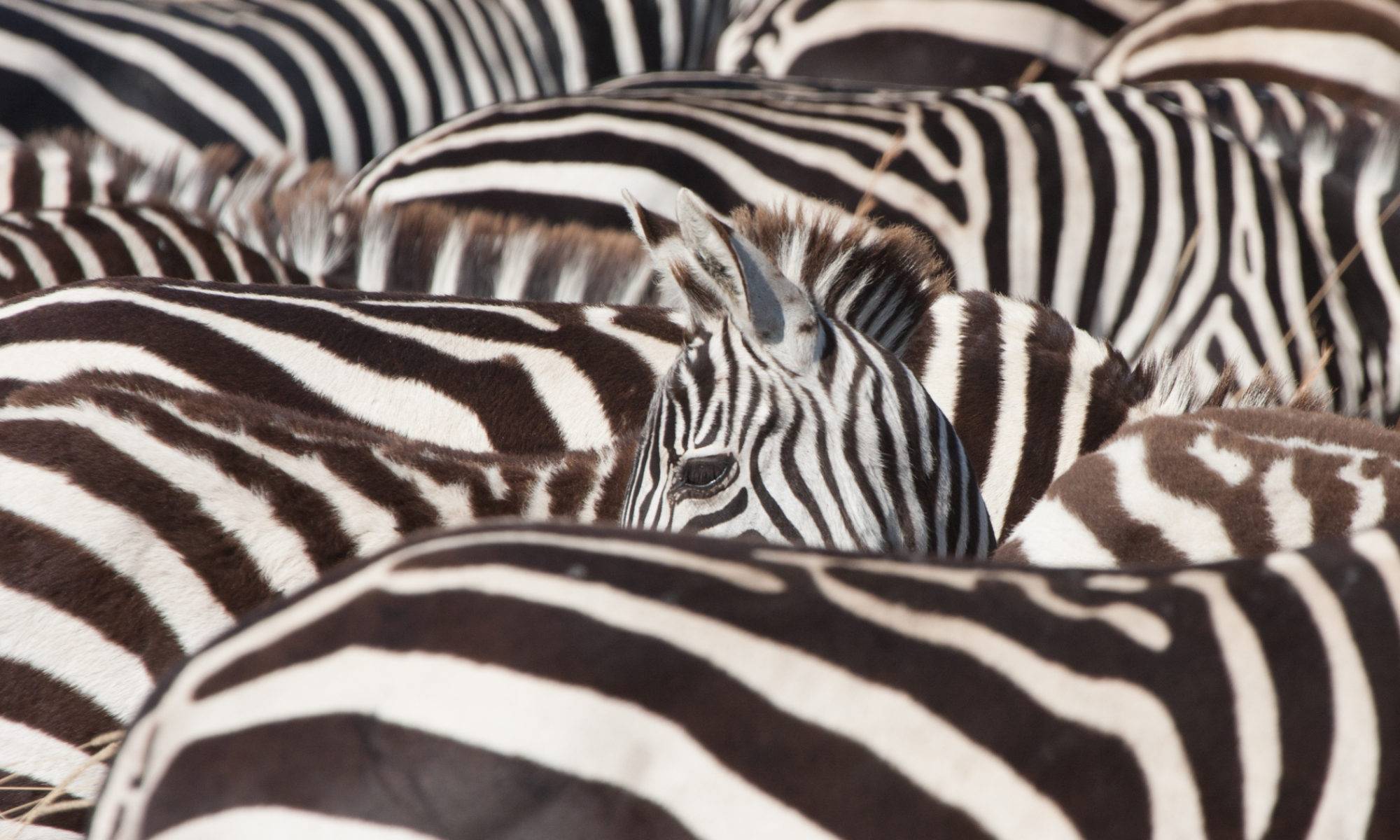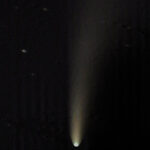Bird migration is easing off a bit, but a bit of warm weather and low winds has made it worth putting the moth trap out. The catch hasn’t been spectacular, but 36 Boxworm on 13th is quite a lot and Plumed Fan-foot is new for the house list, as is Golden Twin-spot, a stunning moth.
More twitching
Twitching
The local birding seems to have fallen into a Groundhog Day of Spotted Flycatchers, Wheatears, Whinchats and Redstarts, along with my customary failure to see the Tree Pipits and Crossbills that other local birders see regularly. This week we actually got into the car to go birding, after work on Wednesday to find some Dotterels at Ditchling Beacon, poor pictures in dreadful light, alas, and on Saturday over to Pagham Harbour, to see a Red-backed Shrike and on to Thorney Island to catch up with Osprey. Today returned to type on Cissbury Ring, with the only variation being a lack of Whinchat and our first Sedge Warbler of the autumn.
Common as muck
A 12 mile walk yesterday over the Downs had no rarities, but a remarkable number of more common migrants, including 26 Redstarts, 20 Spotted Flycatchers, 10 Wheatears a few Yellow Wagtails and 28 Whinchats. A flock of over 30 Corn Buntings enjoying an evening drink was an indication that autumn is upon us. We had a really weird looking Chiffchaff, which looked even weirder in real life than it does in the photo. It’s been a quiet bank holiday at home, with only a few migrants, but the Reed Warbler inspecting the pond was a real treat, only our second ever in the garden.
Pied Fly
Not rare, but a bit unusual, this week, when a young pheasant flopped into our hedge in mid-afternoon and sat around for half an hour. They’re plentiful around us, but I’m not sure we’ve ever had one actually in the garden before.
On Thursday I learnt that there was a Pied Flycatcher on a track up to Cissbury Ring and I set off after work in the hope, but not expectation, that it would have hung around for the entire day. Fortunately it had, giving brief but good views, and even some photos in failing light.
Migration picks up
The trickle of migrants locally continues slowly, but the heat has brought out the moths, with a very busy trap last night containing Oak Eggar, one of our favourites, and our second ever Pine Hawk Moth amongst many others.
All quiet
There’s not much action on the birding front at the moment, although there are signs of the beginning of autumn migration. The moths have been a bit of a let down too, so it has fallen to butterflies to keep things ticking along. They certainly have done that: we’ve had 30 species in July and 26 species in the last week, including a Brown Hairstreak seen from the bedroom window, a first for the house.
Here’s a few pictures of some insects
The heavens blaze forth
A bit of a change of subject today. After the dismal showing of comet Swan, “the comet of the year”, at the end of May (seen dismally through binoculars with imagination), comet Neowise is much more impressive. It was clear last night and a look out of the window at about 11 pm quickly found it, with the naked eye, in the north west. I’m not much cop at astronomical photography and there has been a lot of inexpert photoshopping to allow for the movement of the comet during the long exposure, but it’s not a bad effort. I can imagine that if you can get a clear night away from a town it would be very impressive.
Grounded
Normally the only vultures we see on our trips to Yorkshire are my family, but on the way home yesterday we detoured to the Peak District, where a Lammergeier, or Bearded Vulture has taken up residence.
The weather was both help and hindrance: it was a miserable grey day with occasional rain, which meant that the bird sat tight in a crevice for most of the day. At least we got to see it, as better weather would have had it ranging over a very wide area, but it wasn’t the view we wanted. Eventually, just as we were about to start the 3.5 mile walk back to the car, and the journey down south, it emerged from the crevice and sat in the open, showing just what a magnificent beast it is. Unfortunately, despite giving it another hour, it never flew, but it was a great view of a superb bird.














































